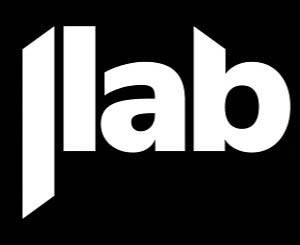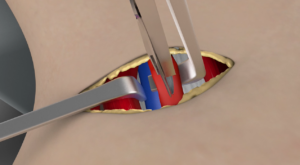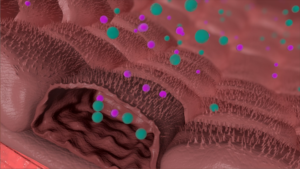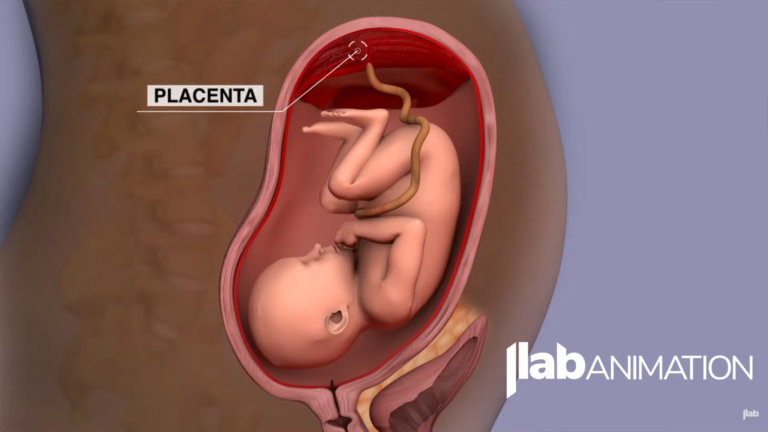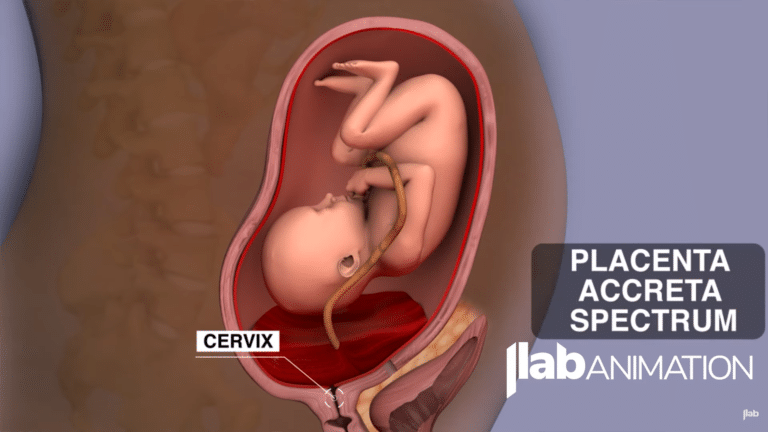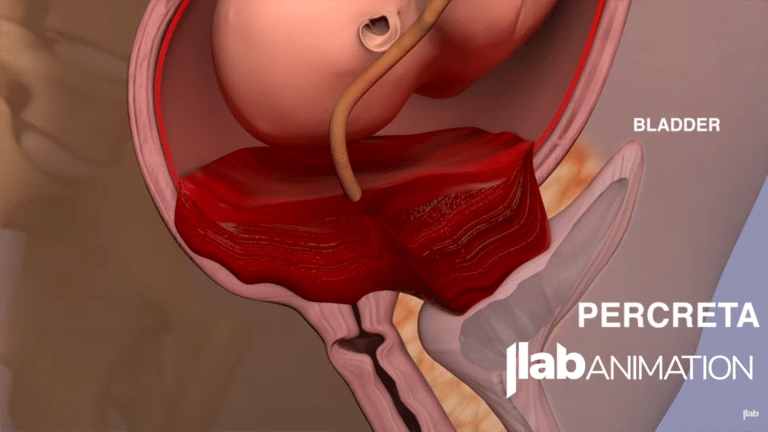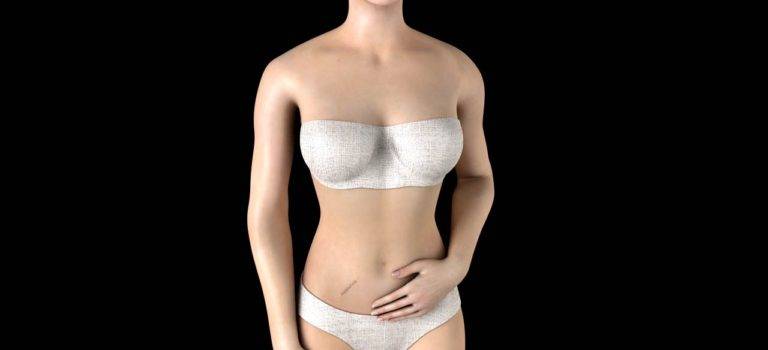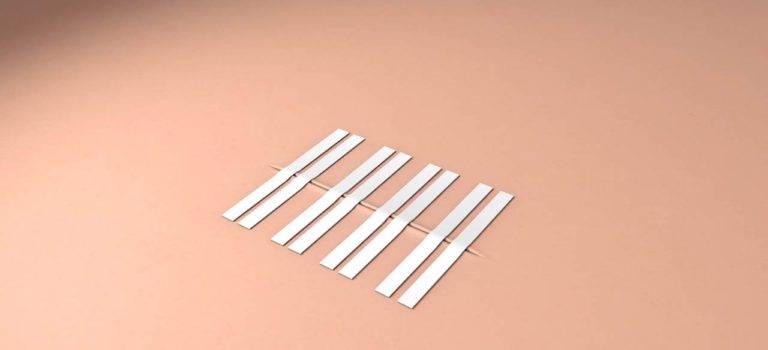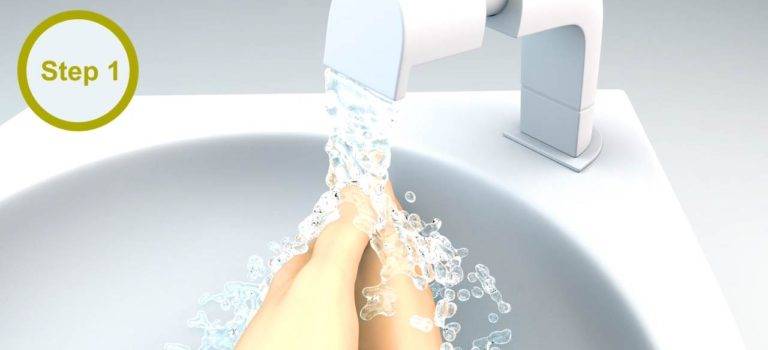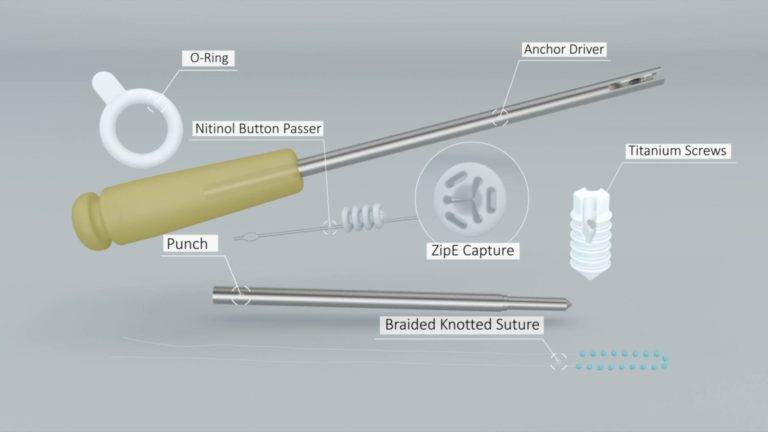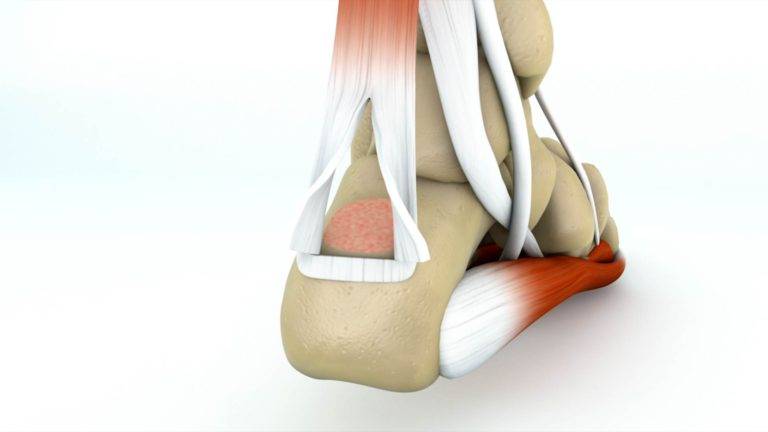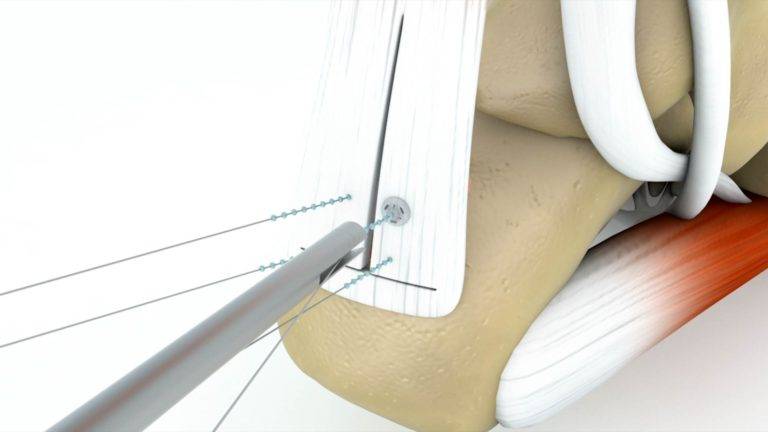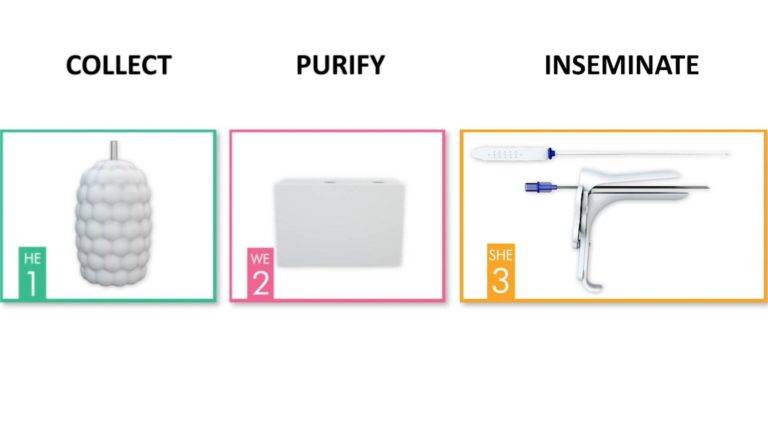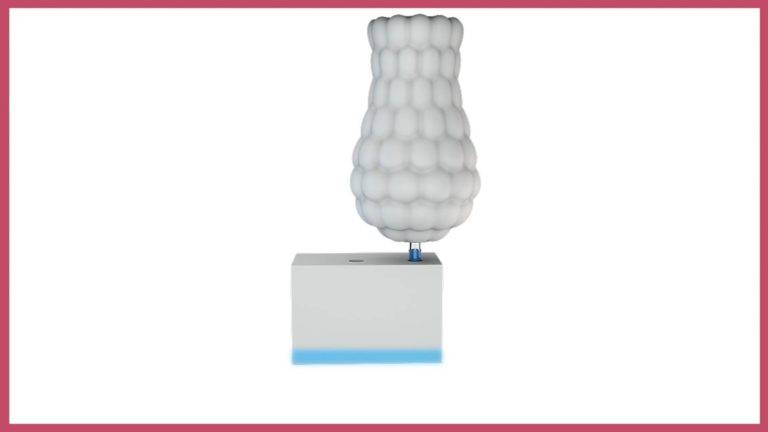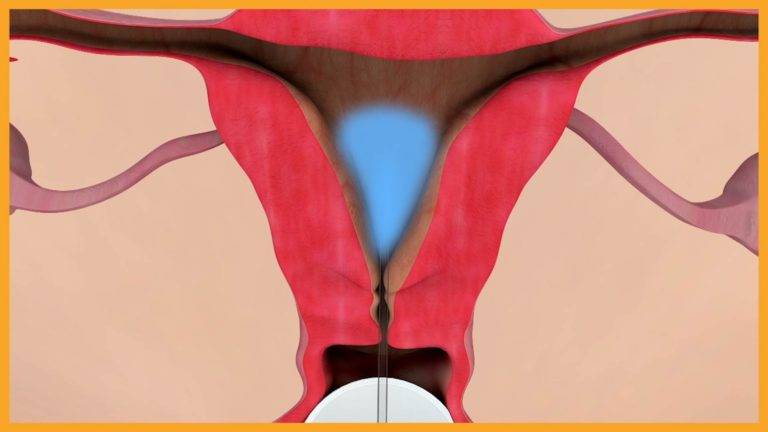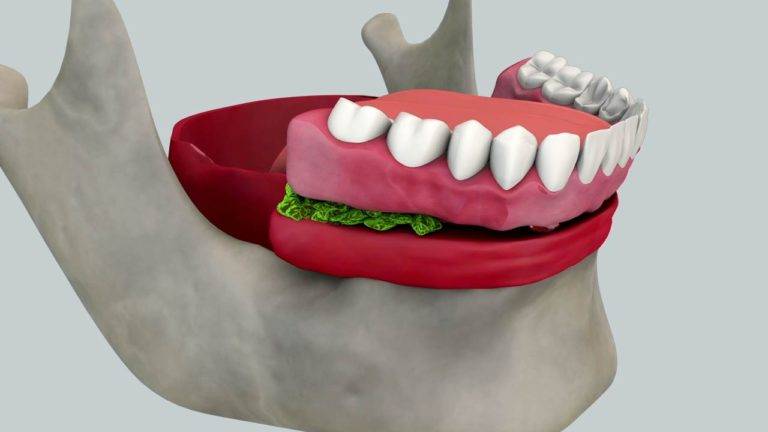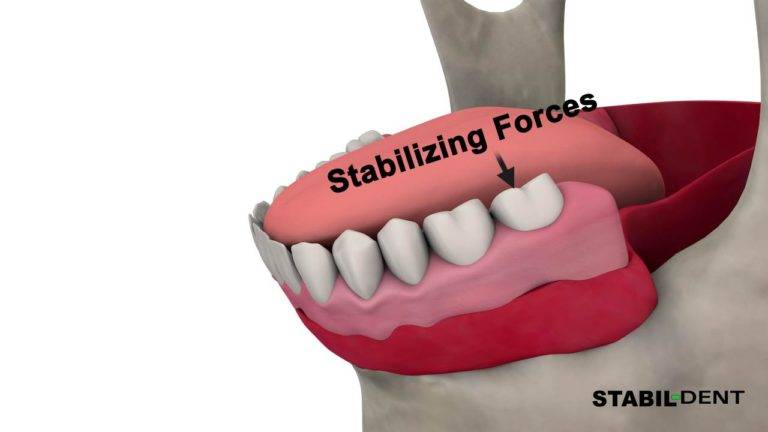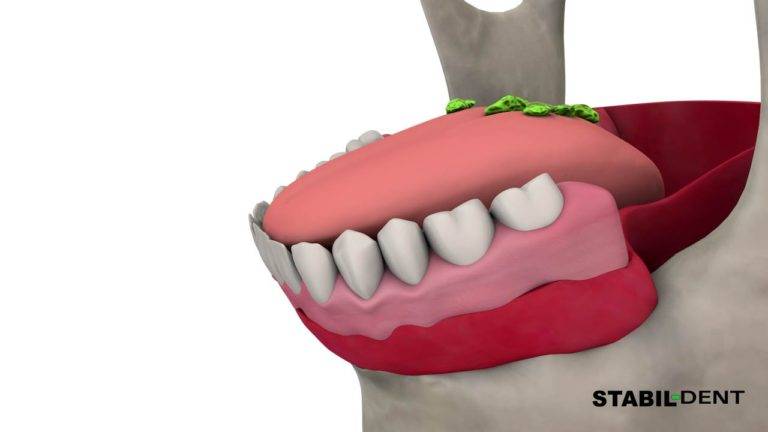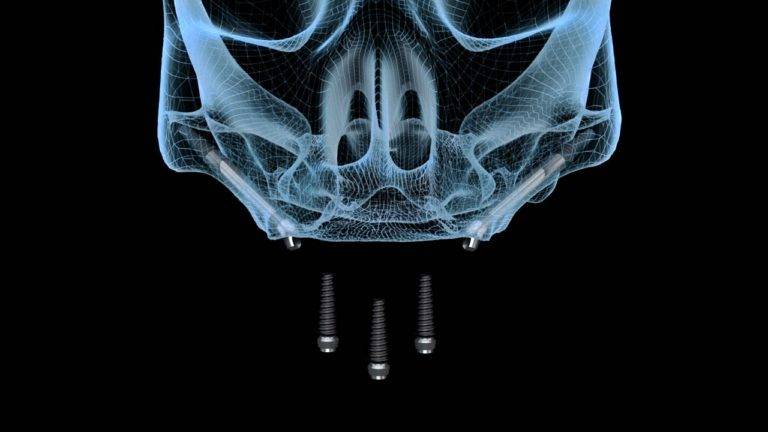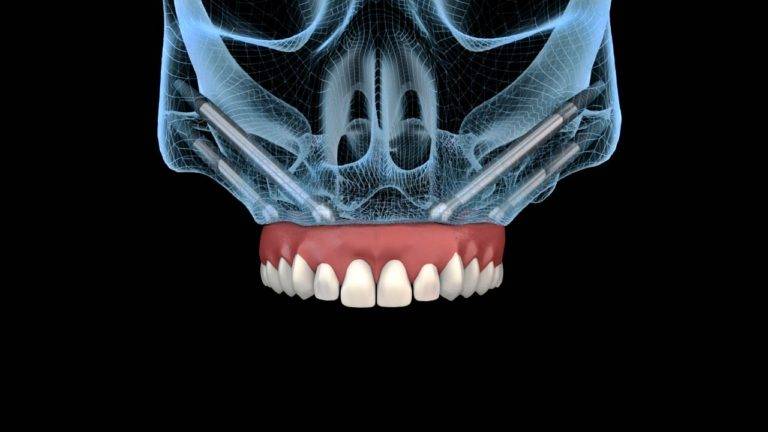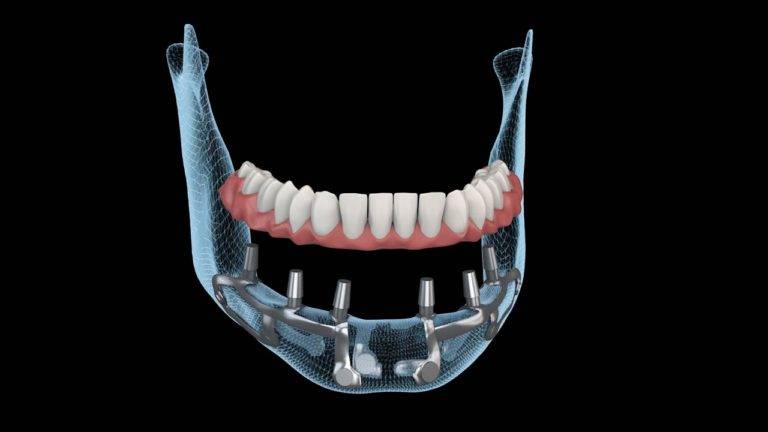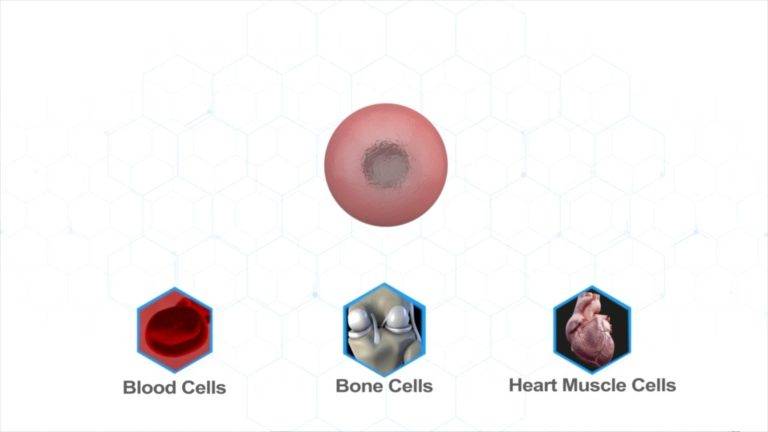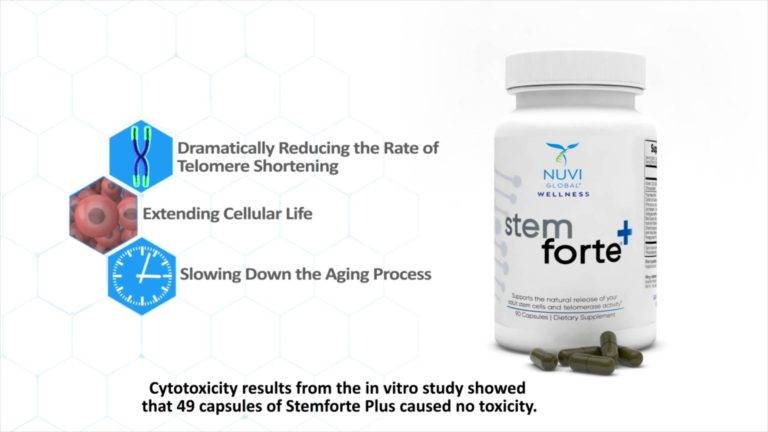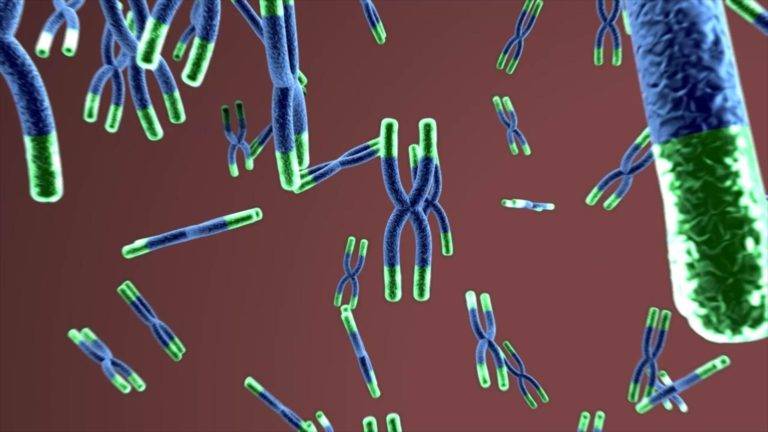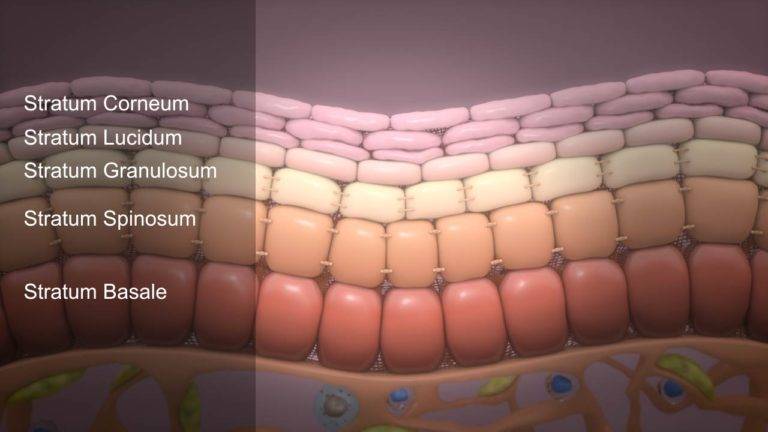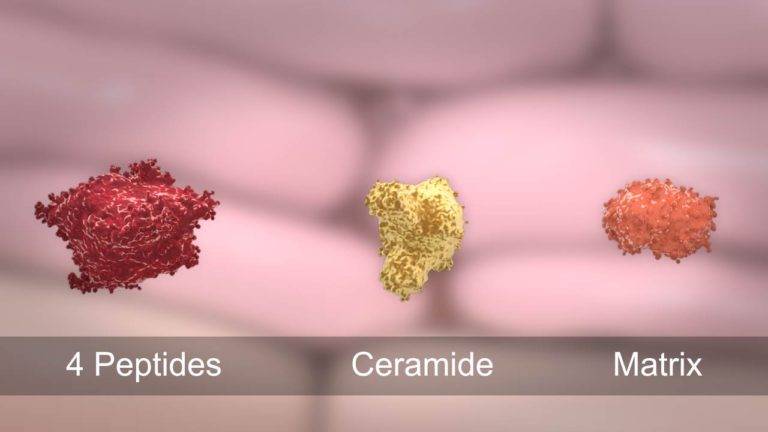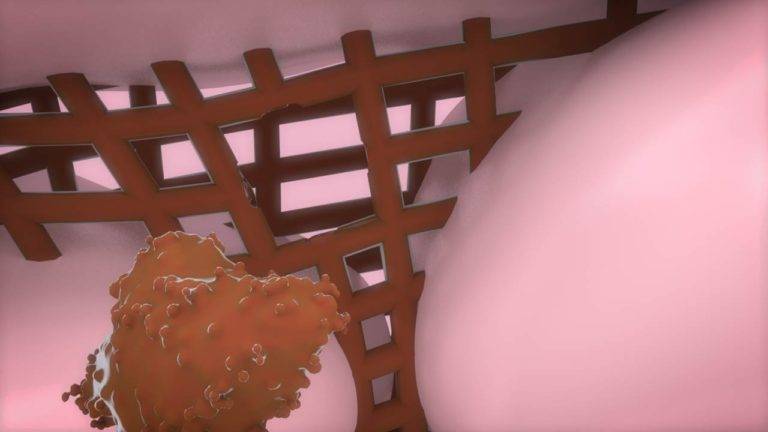Dental implants are a transformative solution for individuals seeking to restore their smiles and improve oral health. However, the process of dental implant placement can seem complex and intimidating to patients. This is where 3D animation emerges as a game-changing tool, offering a clear, engaging, and highly visual explanation of the procedure. In this article, we explore the power of 3D animation in explaining dental implant procedures and why it is the best tool for visualizing these complex processes.
How 3D Animation Clearly Demonstrates the Placement of Dental Implants
Dental implant placement involves multiple stages, from preparing the jawbone to positioning the implant and attaching the prosthetic tooth. While traditional explanations rely on verbal communication, 2D diagrams, or static images, they often fail to fully convey the intricacies of the procedure. Here’s how 3D animation excels:
1. Simplified Visualization of Complex Concepts
3D animations break down the implant process into easily digestible visual steps. For example, animations can illustrate:
- How the titanium post integrates with the jawbone (osseointegration).
- The role of abutments in connecting the post to the crown.
- The precise positioning of the prosthetic tooth.
This step-by-step depiction eliminates ambiguity and ensures that patients grasp each phase of the procedure with confidence.
2. Dynamic Interaction and Perspective
Unlike static images, 3D animations allow for dynamic rotation, zooming, and cross-sectional views. Patients can see:
- A detailed cross-section of the jaw showing implant placement.
- The alignment and orientation of the implant in relation to adjacent teeth and bones.
This interactive approach helps patients visualize the procedure from different angles, making it easier to understand the benefits and outcomes.
3. Realistic Representation
High-quality 3D animations replicate the textures, colors, and anatomy of real-life dental structures. This realism enhances the educational experience, as patients can see how the implant will integrate into their unique oral anatomy.
Why 3D Animation Is the Best Tool for Visualizing Dental Implant Placement
3D animation is more than just a modern tool—it is the ultimate medium for conveying medical and dental procedures. Here’s why it stands out:
1. Engaging and Memorable
People retain visual information far better than verbal explanations. Research shows that 65% of individuals are visual learners, making 3D animation an ideal medium. Animated visuals capture attention, hold interest, and leave a lasting impression, ensuring patients remember the key aspects of their procedure.
2. Eliminates Miscommunication
Dental professionals often use technical jargon that can confuse patients. 3D animation bridges the communication gap by presenting information in a universally understandable visual language. This ensures that patients are fully informed and confident in their decision-making.
3. Builds Trust and Confidence
When patients understand the procedure through clear and detailed animations, they are more likely to trust their dentist’s expertise. This transparency fosters a positive relationship and alleviates fears or doubts about the procedure.
4. Accessible Anywhere
With digital technology, 3D animations can be shared across multiple platforms, including websites, social media, and patient portals. Patients can access these resources at their convenience, reinforcing their understanding and preparing them for consultations.
Enhancing Patient Education
Patient education is a cornerstone of successful dental care. Educating patients about dental implant procedures empowers them to make informed decisions and fosters better compliance with post-operative care. Here’s how 3D animation enhances patient education:
1. Explaining Benefits and Risks
3D animations provide a balanced view of the benefits and potential risks of dental implant procedures. For example, animations can:
- Show how implants improve oral functionality and aesthetics.
- Illustrate potential complications, such as improper osseointegration or infection, and how they are mitigated.
This comprehensive approach helps patients weigh their options and proceed with realistic expectations.
2. Pre-Consultation Preparation
Sharing 3D animations with patients before their consultation allows them to familiarize themselves with the procedure. This proactive education enables patients to come prepared with questions and engage in meaningful discussions with their dentist.
3. Post-Procedure Guidance
3D animations can also serve as post-operative educational tools. For example, they can:
- Demonstrate proper oral hygiene techniques to care for implants.
- Explain dietary restrictions during the healing phase.
This ongoing support ensures that patients maintain their implants effectively, leading to better long-term outcomes.
Conclusion
3D animation is revolutionizing the way dental professionals explain implant procedures. By offering clear, engaging, and highly visual representations, this technology enhances patient understanding, builds trust, and supports better outcomes. For dental practices, investing in 3D animation is a strategic move to improve patient education and satisfaction while staying ahead in a competitive industry.

